Although I was looking forward to a soaking tub, massage and feeling dry, I was also saddened to be leaving. Would I ever know what structure 24 was that I had been digging in? We had not aged it or determined its use by the time I left. In the original 3 by 3 meter digging, we had found a plaster floor and some walls so the structure was expanded another 3 by 3 meters. We found higher floor and walls and it was decided to follow the walls. There was some conjecture that it was connected to the pyramid next to it which was also being excavated. I wanted to stay! I would also not be there for the excavation of a burial that would be excavated in the next session by the group taking the Laboratory and Field Methods: Bioarchaeology course. There was so much more to learn and observe.
Would I go again? In a heartbeat!! But I can’t imagine that I will since I have so many other places I want to see and volunteer opportunities I want to do with limited funds. It was the experience of a lifetime and as Dr. Guderjan said in our orientation, “we were creating knowledge”.
For those of you who might be interested and/or would like to see other photos of the 2018 archaeological dig, you can view the Facebook page of the Maya Research Program, a nonprofit organization associated with the University of Texas at Tyler.
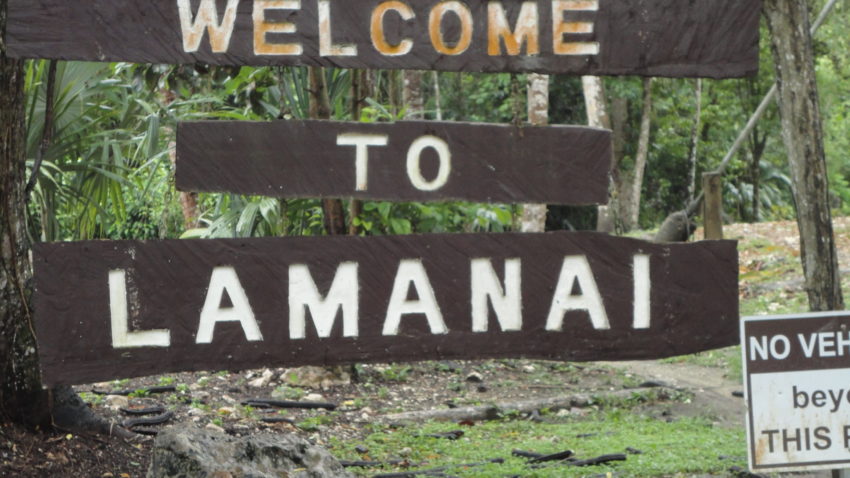
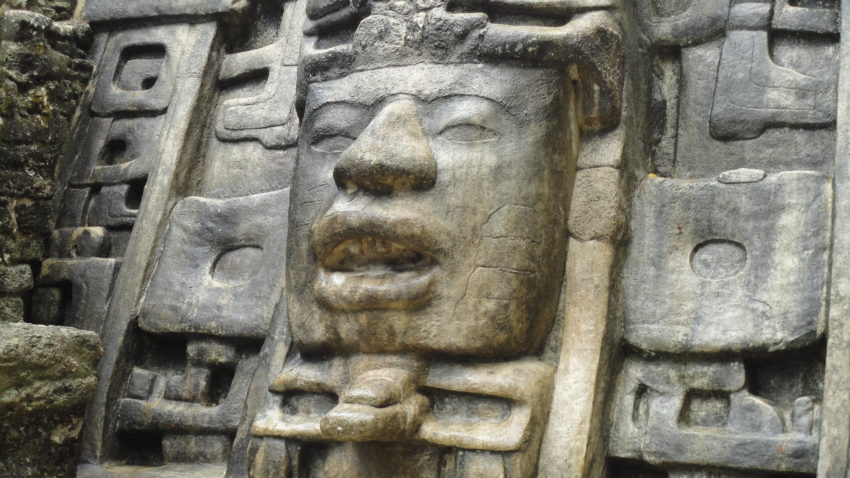
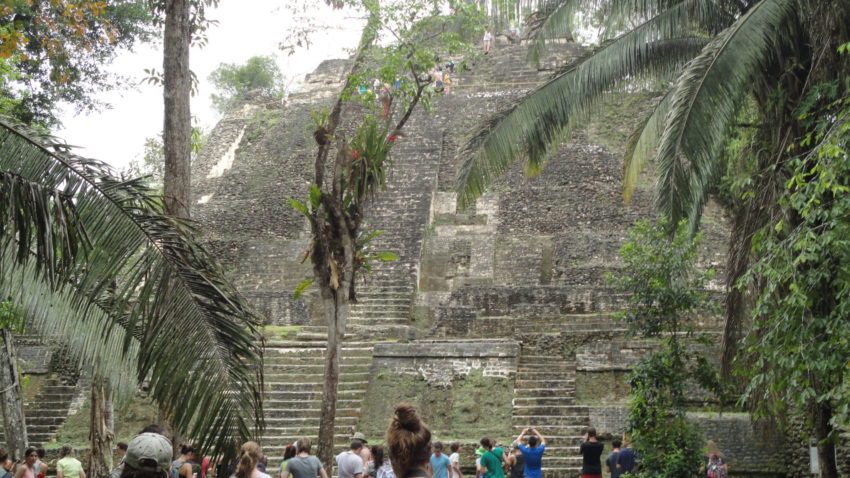
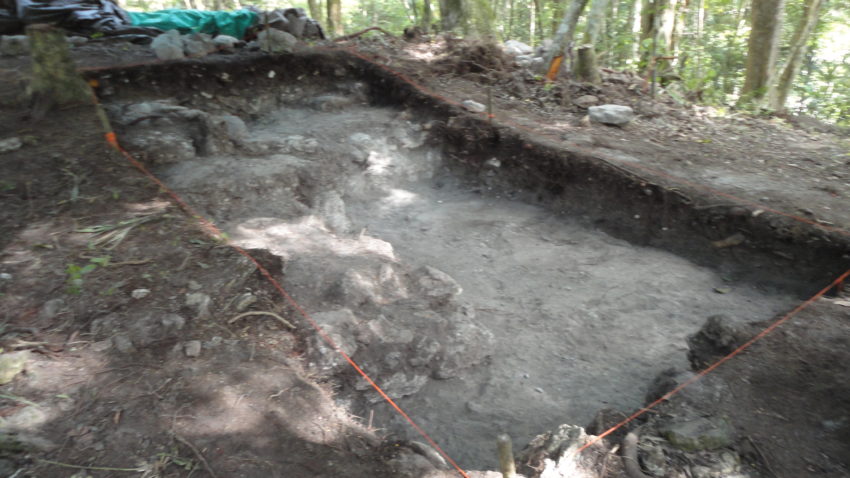
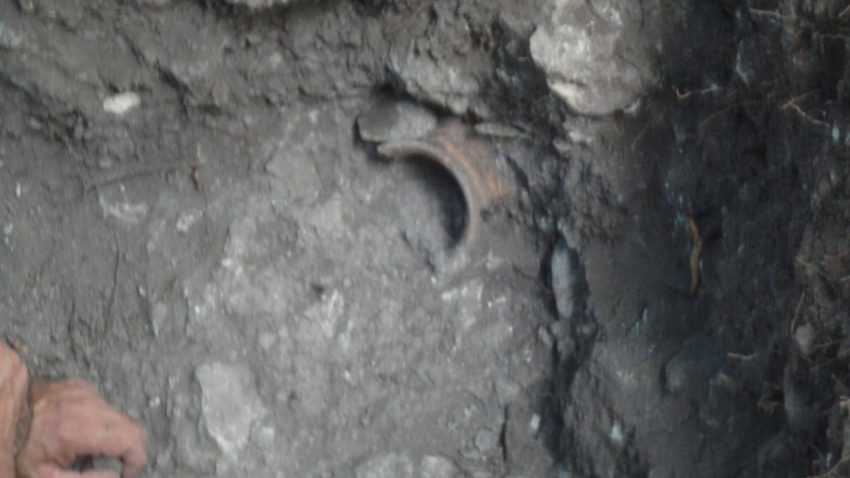
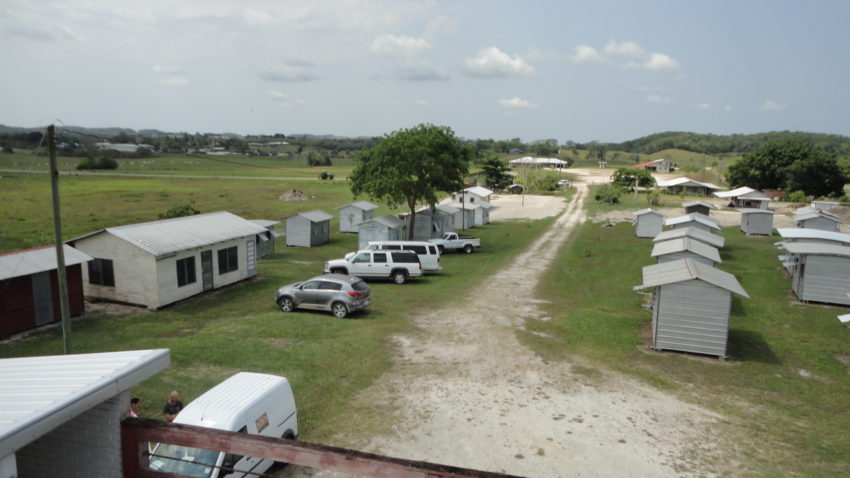
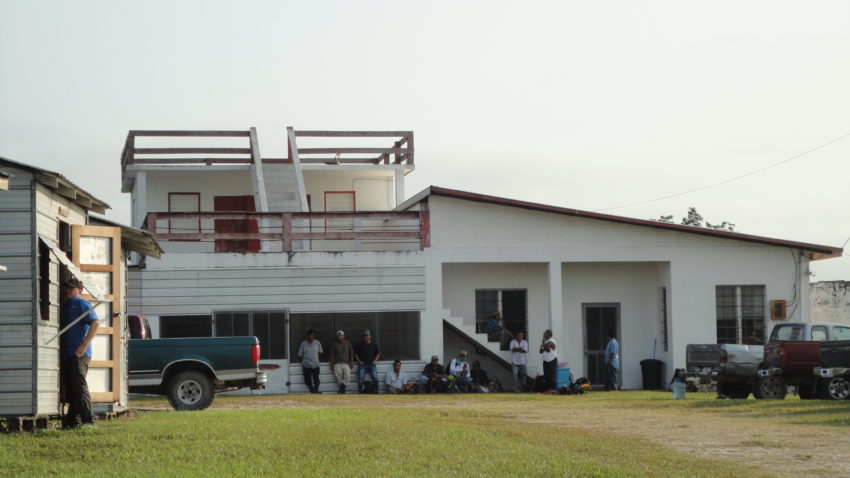
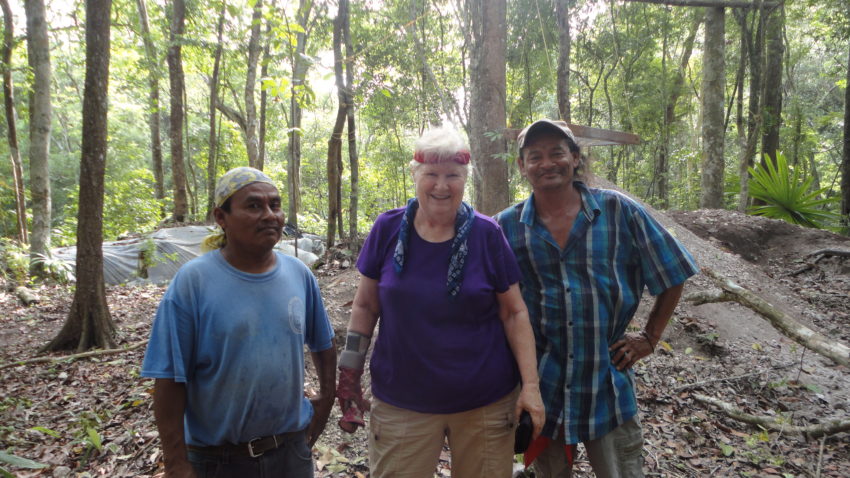
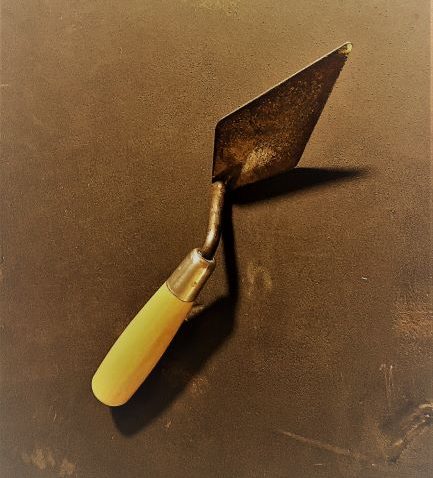 As far back as I can remember I’ve had a fascination with Anthropology and Archaeology. After I retired, I subscribed to Archaeological magazines and learned that amateurs could volunteer for and participate in archaeological digs. The race was on… a race against aging. I felt I needed to do this before age 70, before my knees gave out, arthritis set in or my occasional senior moments became one continuous moment. Now I ‘m not the picture of health, having had a sedentary career in corporate taxation. I was overweight and felt unfit so a year and a half before I volunteered, I joined a gym. I engaged a personal trainer and started a cardio fitness program to increase my stamina and strength training to build up my muscles. As my brother said viewing photos of the program, “the pictures I’ve seen show young college age kids, not people in their late 60’s”.
As far back as I can remember I’ve had a fascination with Anthropology and Archaeology. After I retired, I subscribed to Archaeological magazines and learned that amateurs could volunteer for and participate in archaeological digs. The race was on… a race against aging. I felt I needed to do this before age 70, before my knees gave out, arthritis set in or my occasional senior moments became one continuous moment. Now I ‘m not the picture of health, having had a sedentary career in corporate taxation. I was overweight and felt unfit so a year and a half before I volunteered, I joined a gym. I engaged a personal trainer and started a cardio fitness program to increase my stamina and strength training to build up my muscles. As my brother said viewing photos of the program, “the pictures I’ve seen show young college age kids, not people in their late 60’s”.